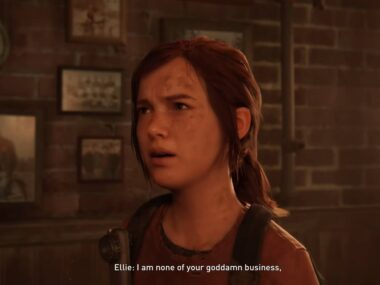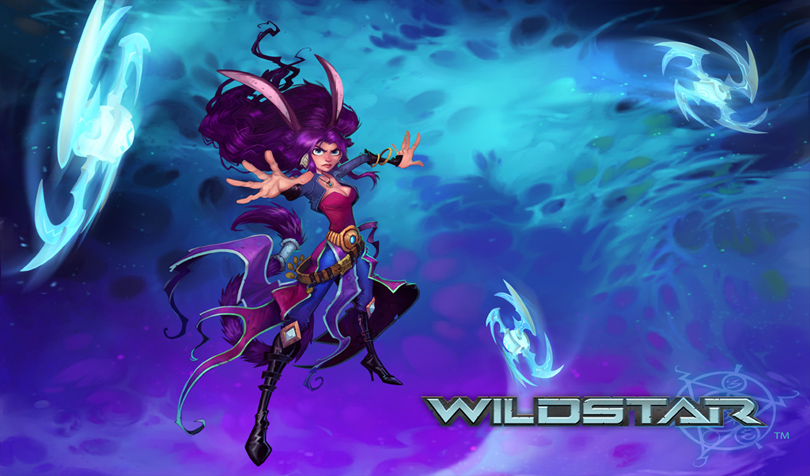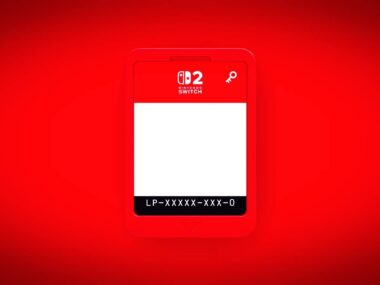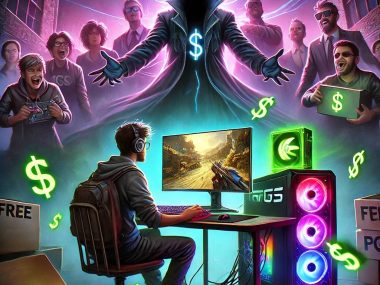Microsoft’s Biggest Investment Yet
Chris Charla, who leads Microsoft’s ID@Xbox program, confirmed that 2025 marked the largest investment in Game Pass history. Microsoft partnered with more than 150 developers this year, up from 50 in 2024. Most of those partners want to return, proof that the program delivers value.
Game Pass also passed a major milestone, nearly $5 billion in annual revenue. Microsoft finds new games through industry events, direct outreach, and even developer recommendations. All of this shows one thing: the company is doubling down on Game Pass and building long-term loyalty among creators.
Critics Miss the Point
There are critics who call Game Pass unsustainable and harmful to retail sales. That view overlooks a core truth: Game Pass attracts players who never would have paid full price anyway.
Take The Outer Worlds 2. Many players won’t buy it after being burned by the first game. But… they’ll play it on Game Pass, where the risk is limited. If they like it, they may eventually buy it, often on Steam. If not, they move on. Either way, Game Pass captures an audience retail never would have reached.
First-Party Power and Third-Party Variety
Game Pass thrives on a mix of blockbusters and variety. First-party games like Starfield and Halo Infinite are subscriber magnets. They define the service and draw people in.
Third-party titles are what keep subscribers between those big launches. Microsoft spends around $1 billion a year to secure them. Without that variety, Game Pass would feel more like a waiting room than a buffet. The balance is what makes the subscription model sustainable.
Yes, launching first-party games day one may reduce direct sales. Microsoft is betting subscription revenue outweighs the lost purchases. So far, the numbers back that up.
Why Copycats Don’t Work
Not every company can, or should, try to build its own Game Pass. Splitting the market only reduces profits. The smarter play is to make sure your game finds players everywhere it can: Steam, Game Pass, or retail sales.
Game Pass works because it adds value for players. Copycats that focus only on exclusivity end up shrinking the audience instead of expanding it.
The Cloud Save Catch
There’s a hidden cost to the subscription model. On Steam, your saves stick with you forever. On Game Pass, cloud saves are tied to your subscription. Cancel, and you lose access to both the game and its synced data.
It’s a subtle reminder that players don’t truly own the games, or the progress, when tied to a subscription.
The Bigger Picture
Game Pass isn’t killing retail. It’s capturing players who wouldn’t have bought the game in the first place. That exposure can lead to new sales later, stronger communities for developers, and recurring revenue for Microsoft.
With a Windows-hybrid console on the horizon and rising PC costs, Microsoft has every reason to keep pushing forward.
The real challenge for the industry isn’t how to kill Game Pass. It’s how to adapt to it.






